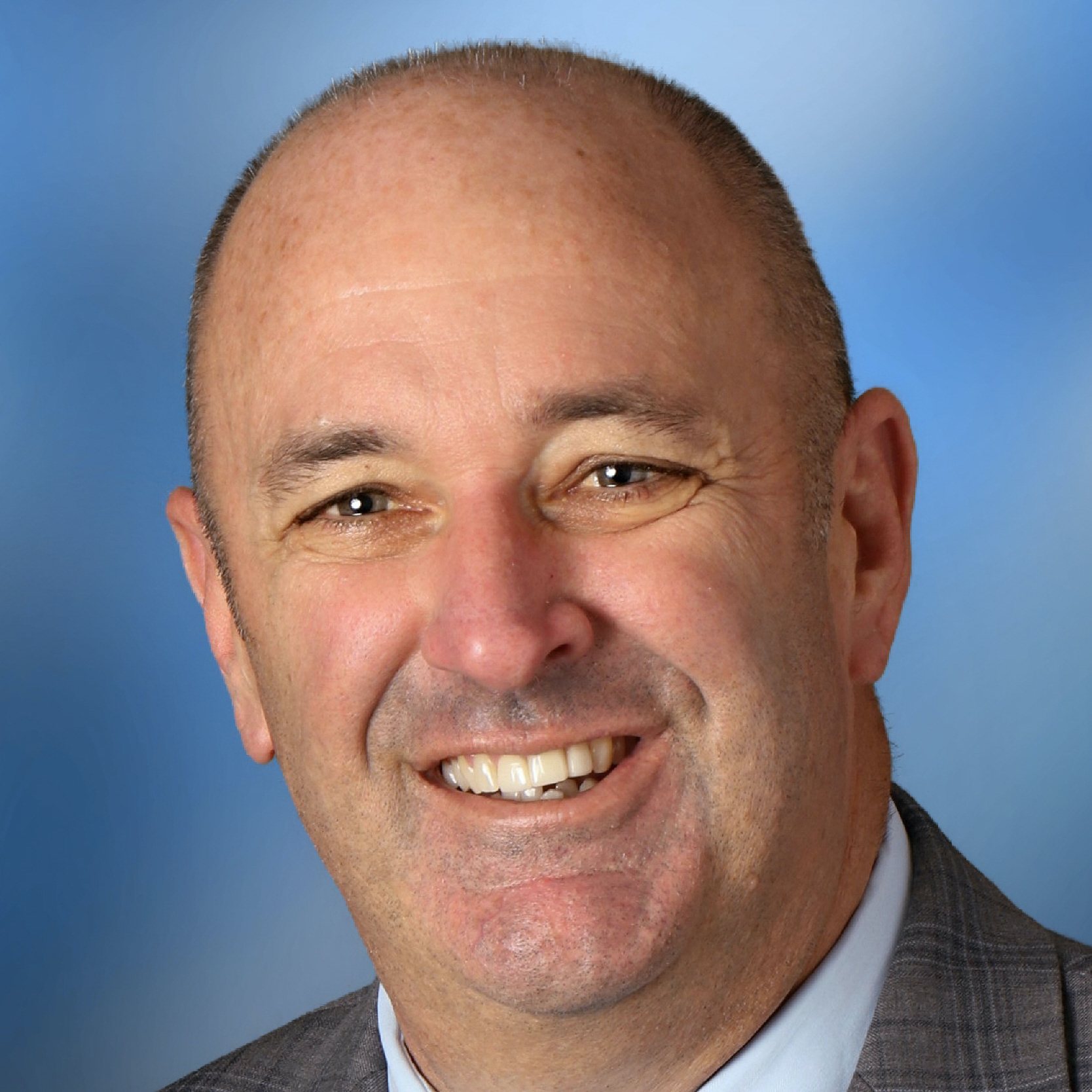
The coronavirus closures and shift to online classes have created an opportunity to reprioritize K-12 education for fall 2020 and beyond, says Don Austin, superintendent of Palo Alto USD near San Francisco.
Austin and his team, for instance, had set out at the beginning of the year to move further into blended learning and had lobbied the state to rethink its policies on required seat time and instructional minutes.
“A traditional classroom is not going to look the same for the foreseeable future. I don’t know if it will ever look the same,” Austin says. “The things we’ve learned through this distance learning will become future best practices.”
More from DA: Digital divide drives new broadband expansion efforts
Grading, assessment and standardized testing are areas of K-12 that could face reform as a result of the coronavirus disruption.
Many K-12 schools have shifted to pass-fail grading during remote learning, while colleges and universities have dropped SAT and ACT requirements for this year’s applicants and beyond.
“Kids who may have been screened out by the tests will get into college,” Austin says. “It may show us that we’ve overvalued some things.”
This could also convince more district leaders to replace letters, numbers and percentages with standards-based grading to more accurately judge students’ abilities and reduce some of the pressure around grading, Austin says.
“The one-size-fits-all model is out the door,” he says.
More from DA: How will schools reopen safely in fall 2020?
As for all 2020, Palo Alto is considering starting school a few weeks later than planned and using a staggered schedule that may be based on how much support a student needs.
“It might be time to say that maybe the kids who need teachers that absolute most—those starting from a position of disadvantage—they may get a seat in school every day when others may not,” Austin says. “And some students will thrive in an online, home learning environment.”
Like superintendents everywhere, Austin says he is concerned about the financial strains school will face in 2020-2021.
“We’re talking about putting in social distancing, which means smaller classes, at the same time we’ll have to make significant reductions to finances,” he says. “Those two things don’t go together.”
DA’s coronavirus page offers complete coverage of the impacts on K-12.







